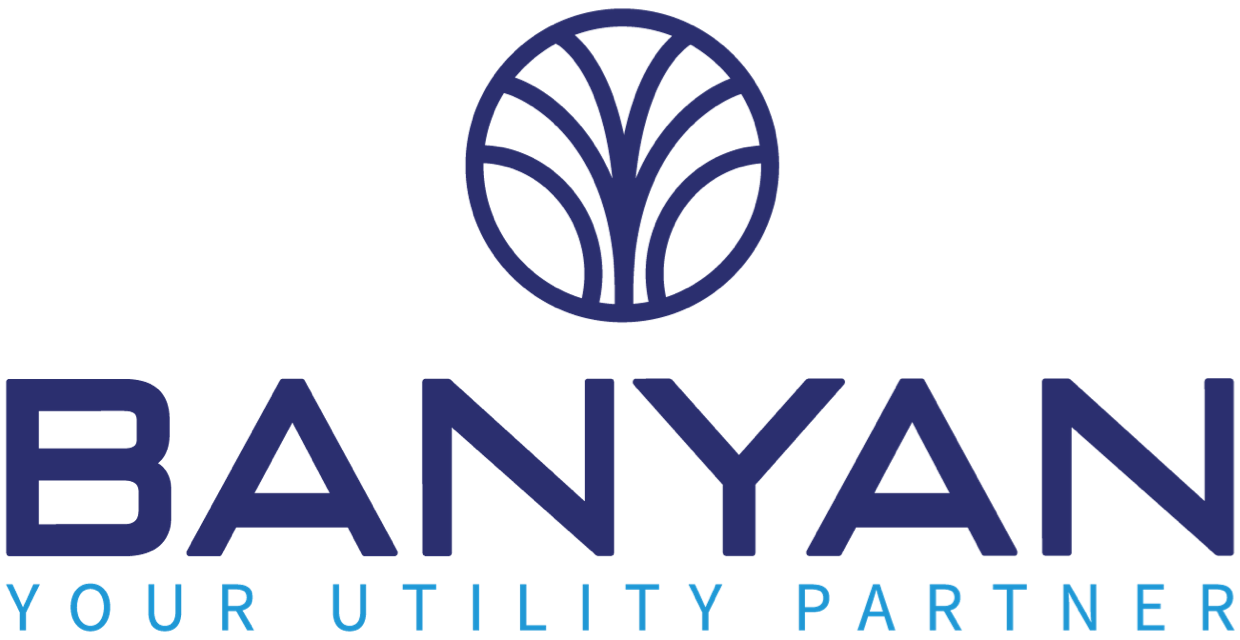
How To Benchmark Your Utility Data
What is Benchmarking, And Does My Building/Business/Apartment Community Have To Do It?
According to the Oxford English Dictionary, benchmarking is “a standard or point of reference against which things may be compared or assessed.” Benchmarking helps us understand what makes buildings perform efficiently, with the least utility resources possible.
Questions about the need to benchmark often invite fear of not being compliant and confusion over what is allowed or required. Since more and more cities are instituting benchmarking rules, it is best to understand the basics and determine whether you need to be tracking your energy.
In real estate, benchmarking means measuring a building’s energy use (electric, gas, and sometimes water) and then comparing it to the average of similar structures. Municipalities are comparing energy performance against similar buildings to identify the possibilities to cut energy waste. Energy-conscious owners compare their buildings against similar assets to determine where they might make systems more efficient and reduce both use and cost. Benchmarking is an important, effective tool that can result in causing a reduction in energy use, lower expenses, and ultimately less harm to the environment.
More municipalities are making benchmarking a requirement, so it’s a good idea to understand the fundamentals:
First, identify if you own assets you need to benchmark and what the parameters are.
For example, in California, benchmarking is required for any building with 50,000 square feet or more gross floor area, non-residential or residential, with five or more active utility accounts.
Each city is different, so you need to research and find the right statute for your asset’s location. For example, some cities may only need to report electricity, while others may require you to report electricity, gas, and water.
You can still benchmark if it’s not required. It’s a good practice to ensure your assets are performing efficiently and can save you money.
Next, whether voluntary or required, report your usage.
The most common tool for reporting is Energy Star. Energy Star makes a starter kit to walk you through the effort.
Energy Star has excellent instructions on how to report your energy data. Make sure to review this carefully to gather what you need and avoid excess work. If you have a utility management partner, they can assist you in all the steps for setting up your account and gathering the necessary data. Energy Star’s portfolio manager also has a lot of helpful information.
Generally, you will need the following to report energy data:
- Building Name
- Building Address
- Building City/State/Zip
- Contact Name
- Contact Email/Phone
- Gross floor area (gross square feet)
- Building Use
- Energy for all disclosable accounts. Disclosable accounts vary by jurisdiction and can include the common area or resident use, possibly both. Common area use is obtained directly from the utility bills. If you have a utility management partner, system reporting may provide all this data for you.
If your assets are multifamily or mixed-use, you can obtain resident data from your utility provider, utility billing company, or directly from your residents. Reach out to your jurisdiction on the best way to acquire resident data.
- Maintain data monthly to avoid an end-of-year project. It is much easier, less rushed, and more accurate to enter data monthly as it comes in.
- Verify your accuracy before submitting.
Finally, consult with experts.
Your utility management partner is a valuable resource for benchmarking, your local public utilities commission, and your utility providers themselves may all be of help. We have some benchmarking info on cities with requirements. Energy Star, and other energy reporting tools, have free consultants who can answer questions and terrific FAQs online. Both sources want you to be successful and will guide you.
